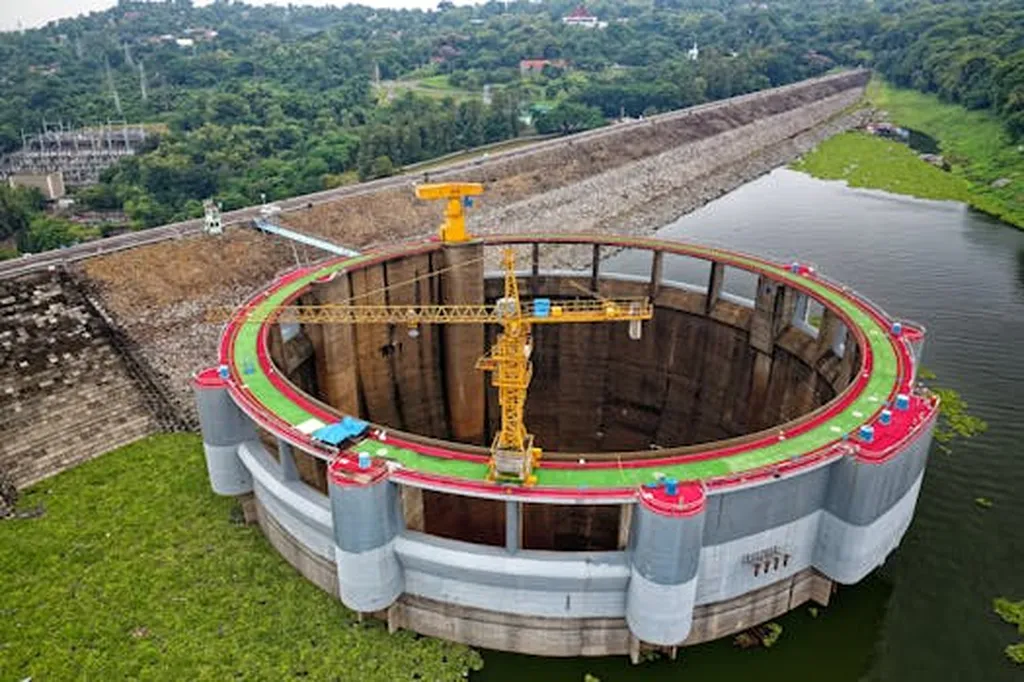The global green technology in construction market is on a trajectory of rapid growth, with projections indicating a surge from US$ 32.12 billion in 2024 to US$ 86.67 billion by 2032, representing a compound annual growth rate (CAGR) of 13.21%. This expansion is driven by a confluence of factors, including heightened sustainability awareness, regulatory pressures, and technological advancements. As the construction industry grapples with the urgent need to reduce its environmental footprint, green technologies are emerging as both a necessity and an opportunity.
In the United States, recent industry developments underscore a commitment to sustainability. Caterpillar Inc. has launched energy-efficient construction machinery powered by hybrid and electric systems, significantly reducing on-site emissions. Holcim USA’s acquisition of a sustainable materials startup specializing in carbon-negative concrete technologies highlights the industry’s pivot towards net-zero goals. Meanwhile, AECOM’s investment in digital twin and green building technologies, and Honeywell Building Technologies’ introduction of AI-driven building management systems, demonstrate a broader trend: the integration of digital innovation with sustainable practices to optimize energy use and material efficiency.
Across the Pacific, Japan is setting new benchmarks in sustainable construction. Obayashi Corporation’s carbon-neutral construction project, integrating renewable materials and smart energy systems, exemplifies the country’s leadership in green infrastructure. Shimizu Corporation’s partnership with a domestic green tech firm to deploy advanced carbon capture and recycling technologies in concrete production further underscores Japan’s commitment to reducing environmental impact. Taisei Corporation’s regulatory approval for eco-construction materials utilizing waste-based aggregates, and Kajima Corporation’s investment in R&D for self-healing concrete and energy-efficient insulation systems, reinforce the nation’s position at the forefront of green building innovation.
The drivers behind this market growth are multifaceted. Rising urbanization, stringent government regulations on energy performance, and global climate initiatives are compelling the building industry to adopt green construction technologies. These encompass energy-efficient materials, renewable energy systems, smart building management, and waste reduction strategies that minimize carbon emissions and resource consumption. Technological advancements in green concrete, passive design systems, and solar-integrated building materials are improving energy efficiency and structural sustainability. Additionally, the growing demand for LEED-certified and net-zero buildings is propelling market expansion across residential, commercial, and industrial sectors.
The integration of digital technologies such as Building Information Modeling (BIM), IoT, and AI-driven analytics is optimizing design, construction, and operational efficiency in sustainable projects. Companies are investing in research and development of low-carbon materials, modular construction techniques, and circular economy practices to enhance resource efficiency and reduce environmental footprint. Increasing awareness among developers, architects, and consumers about long-term cost savings and health benefits is fostering adoption of green building solutions. Government incentives, tax benefits, and green financing initiatives are further supporting large-scale implementation.
Major players in the green technology in construction market include EcoPro, Green Technology Metals Ltd., Charbone Hydrogen Corporation, Innovation Mining Inc., CoTec Holdings Corp., Stardust Power Inc., Hempalta Inc., Troy Minerals Inc., Li-Cycle Corp., and Canadian Solar Inc. These companies are at the forefront of developing and deploying sustainable construction methods, products, and solutions.
The market is segmented by method, product type, and end user. Sustainable construction methods include energy efficiency technology, green building materials, water efficiency technology, sustainable construction practices, and waste management systems. Energy-efficient and green material approaches lead due to their role in reducing carbon footprint and enhancing building performance. Product types are segmented into exterior products, interior products, and structural solutions, with structural solutions dominating as they form the foundation of eco-friendly building frameworks. Key end users include real estate developers, government and public infrastructure, contractors and builders, and architectural and design firms.
As the green technology in construction market continues to evolve, it is poised for strong and sustained growth. The convergence of environmental concerns, technological innovation, and global sustainability mandates is reshaping the industry, driving a shift towards more sustainable and efficient building practices. The future of construction is not just about erecting structures; it’s about building a better, greener world.

